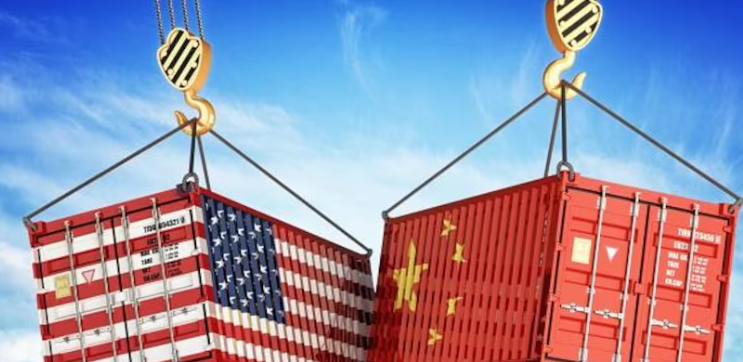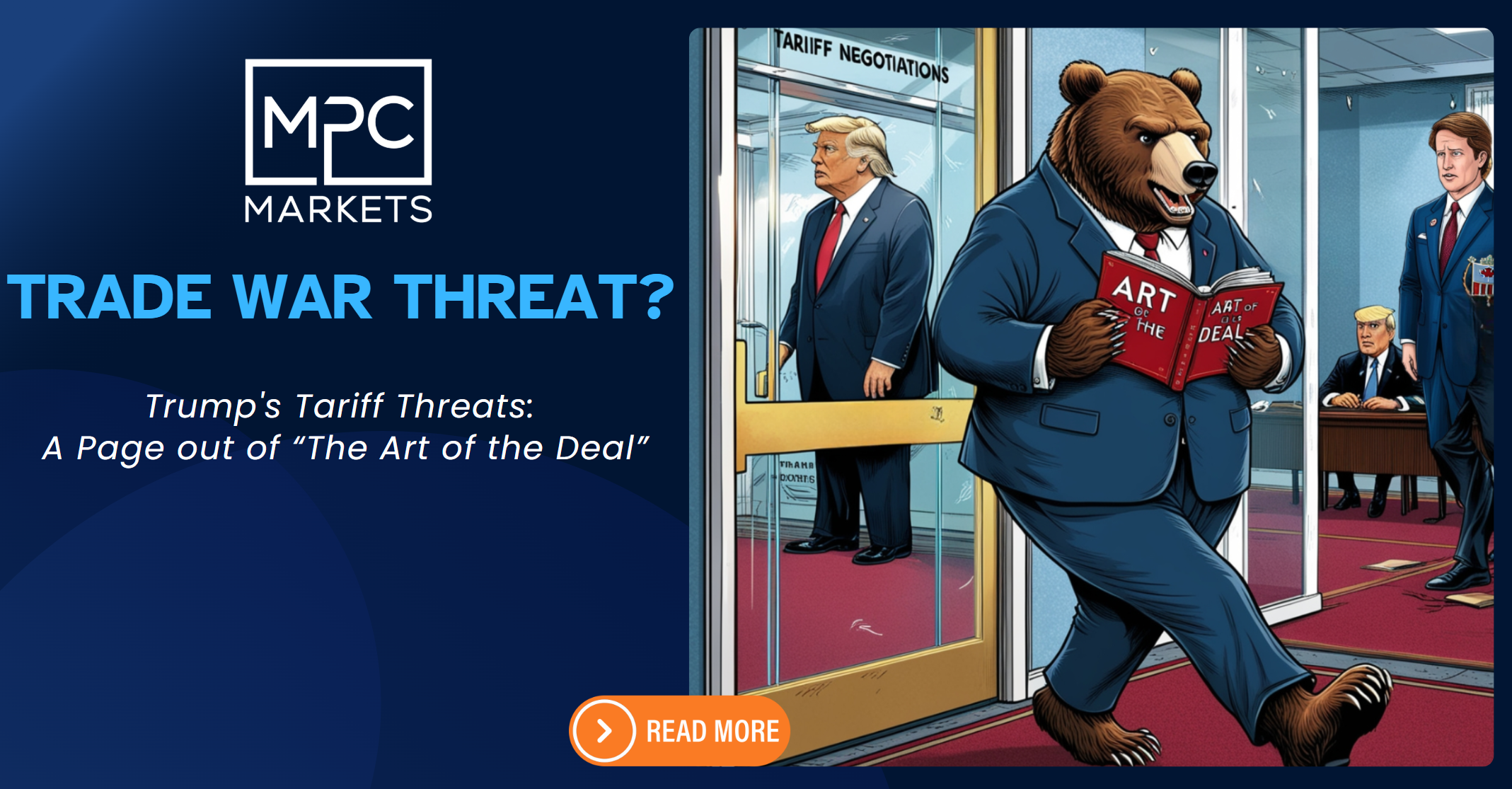This week’s dramatic tariff announcements targeting Canada, Mexico, and China bear all the hallmarks of Donald Trump’s signature negotiation playbook. The former president’s threat to impose 25% tariffs on Canada and Mexico, along with 10% on Chinese imports, perfectly demonstrates the negotiation tactics he outlined in his 1987 bestseller.
Setting High Anchors
Trump’s opening move of threatening substantial tariffs – 25% on nearly all Canadian and Mexican goods – represents his classic strategy of starting with extreme demands6. Within days, both Canada and Mexico secured 30-day reprieves after pledging to boost border enforcement and tackle fentanyl trafficking.
Maximizing Leverage
By simultaneously targeting multiple trading partners, Trump is keeping several deals in play, creating leverage through unpredictability4. This approach has already yielded results – while Canada and Mexico negotiated delays, China faces immediate 10% tariffs, prompting swift retaliation.
Media Attention as a Tool
True to his dealmaking philosophy, Trump has masterfully used media coverage to amplify his message. His social media posts about conversations with Canadian Prime Minister Trudeau and warnings about potential “pain” for consumers have dominated headlines.
The Economic Stakes
The scope of these threats is unprecedented – targeting America’s three largest trading partners who collectively account for over 40% of U.S. imports. While markets initially reacted negatively to the announcements, they recovered somewhat after the temporary reprieve for Canada and Mexico.
The Art of the Walk-Back
The quick pivot to a 30-day delay for Canada and Mexico demonstrates another classic Trump tactic – using extreme positions as negotiating leverage rather than final outcomes. By securing immediate commitments on border security and drug trafficking, Trump achieved concessions without implementing the full threats.
However, this high-stakes game of economic chicken carries real risks. Unlike during Trump’s first term, when similar tariff threats had minimal economic impact, analysts warn that implementing these tariffs could significantly impact inflation and economic growth. The question remains whether this latest application of “The Art of the Deal” will achieve Trump’s stated goals of enhanced border security and reduced drug trafficking, or whether it will escalate into a broader trade war with America’s closest trading partners.

Disclaimer: The content presented in this content is general advice only. It does not take into account your personal objectives, financial situation, or specific needs.
Please note that past performance is not a reliable indicator of future results. The recommendations provided in are hypothetical and may not include certain fees, hence, should not be relied upon for making investment decisions. This information should not be your sole resource when making such decisions.
We strongly recommend you to seek the advice of financial, taxation, and legal professionals before finalising any investment decisions.
For further details about our services, please refer to our Financial Services Guide. MPC Markets Pty Ltd. is not responsible for any actions taken based on the information provided in this Review
